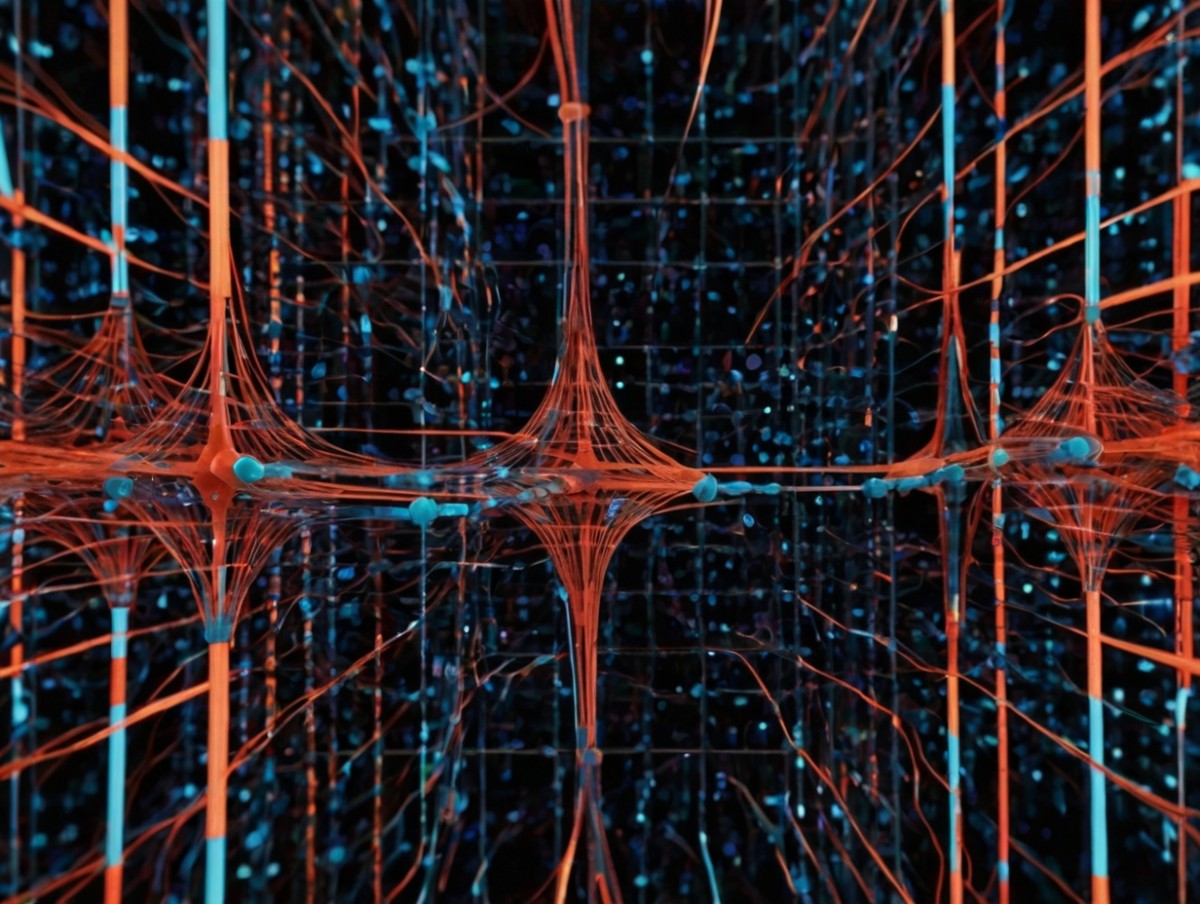In a groundbreaking development, researchers from the Beijing Institute of Technology, led by Professor Xiangdong Zhang, have unveiled a novel type of optical neural network (ONN) that demonstrates a remarkable “quantum speedup.”
This innovation leverages classical optical correlations to significantly enhance the computational power of ONNs. Published in Light Science & Application, this achievement represents a major stride towards addressing the ever-increasing demand for efficient machine learning models while mitigating computational resource limitations.
Enhancing AI efficiency with Optical and Quantum Neural Networks.
Artificial intelligence (AI) technologies, particularly machine learning algorithms, have made tremendous advancements in recent years, enabling unprecedented capabilities in tasks like image recognition, natural language processing, and object detection.
However, these advancements come at a cost – they require substantial computational resources. The current state of computational power is nearing its limits, necessitating the reduction of training costs and the improvement of training efficiency for machine learning models.
Researchers have focused their efforts on two main avenues to address this challenge: optical neural networks (ONNs) and quantum neural networks. ONNs utilize advanced optical manipulation techniques for executing machine learning algorithms in classic optical information processing.
These networks boast several advantages, including low energy consumption, minimal crosstalk, and low transmission latency. However, traditional ONNs lack algorithmic acceleration, which means they do not exhibit faster model convergence speeds.
On the other hand, quantum neural networks are neural network algorithms grounded in quantum computing theory. Recent studies have shown that quantum neural networks can achieve algorithmic acceleration due to quantum correlations. Unfortunately, practical applications of quantum neural networks are hindered by technical limitations, making them challenging to deploy on a large scale.
Correlated Optical Convolutional Neural Networks
The breakthrough presented in the recent paper involves the development of a novel optical neural network that mimics the algorithmic acceleration seen in quantum neural networks. This remarkable achievement is made possible by introducing classical optical correlations as carriers of information. These correlations enable information processing akin to quantum computing, a concept previously demonstrated by the same research team.
The researchers developed convolutional and pooling operations on the correlated optical state, resulting in the creation of a correlated optical convolutional neural network. This ONN demonstrates accelerated training on specific datasets and can be applied to identify the characteristics of quantum states under specific encoding principles. This breakthrough has opened doors to algorithmically enhanced optical neural networks, promising benefits in the era of big data processing.
The structure of a correlated optical convolutional neural network
The correlated optical convolutional neural network comprises four main components: the correlated light source, the convolution, the pooling, and the detections. The core processing is performed by the convolution and pooling sections.
These components differ from those in classical convolutional neural networks as they manipulate the correlation of optical states and generate simpler correlated states through beam merging.
The scientists leading the research explain, “These two parts actually perform the operations analog to the quantum gates in the quantum convolutional neural networks. The convolution part in our network is composed of unitary operations on the correlated optical state, akin to unitary operations on the Hilbert space of qubits.
The pooling part we consider is equivalent to measuring partial qubits for obtaining a sub-Hilbert space. This leads to an exponential decrease in the dimension of data, contributing to faster convergence of the loss function when learning specific datasets.”
Additionally, the researchers certify the similarity between their correlated optical convolutional neural network and quantum convolutional neural networks by conducting topological phase identification of quantum states. Both theoretical and experimental results support this certification.
A cost-effective alternative to quantum neural networks
The results of this research point towards an exciting possibility – realizing the properties of quantum neural networks in a more cost-effective manner. While quantum neural networks offer potential advantages, their practical implementation requires complex quantum circuits with multiple multi-qubit gates and intricate measurements.
These circuits are highly susceptible to environmental disturbances, making their stability and error correction a substantial challenge.
The correlated optical neural networks introduced in this study present an attractive alternative. They exhibit ease of element arrangement and have low environmental requirements in experiments.
Given the exponential growth of data and the scarcity of resources for high-quality computation, this approach provides a cost-effective and high-performance solution with wide-ranging applications across various data science research fields.


